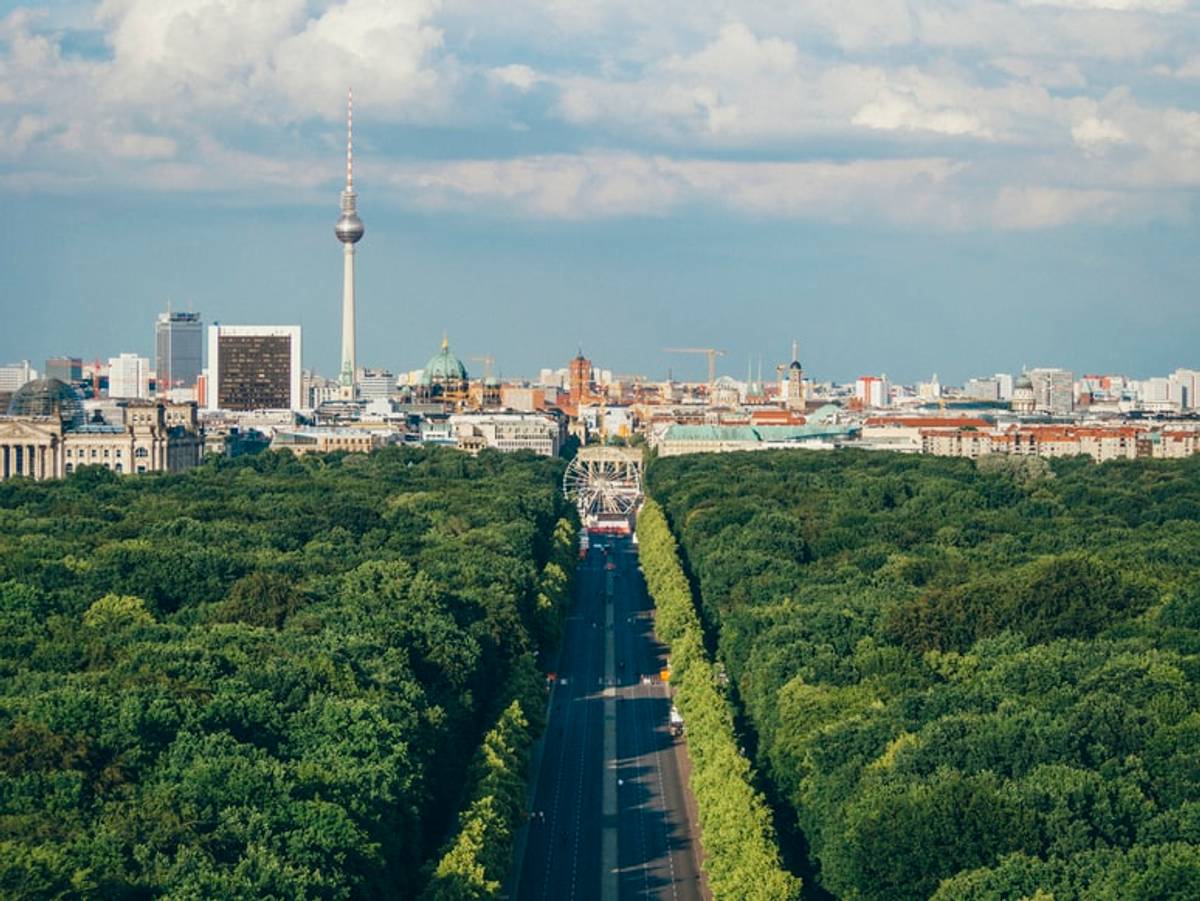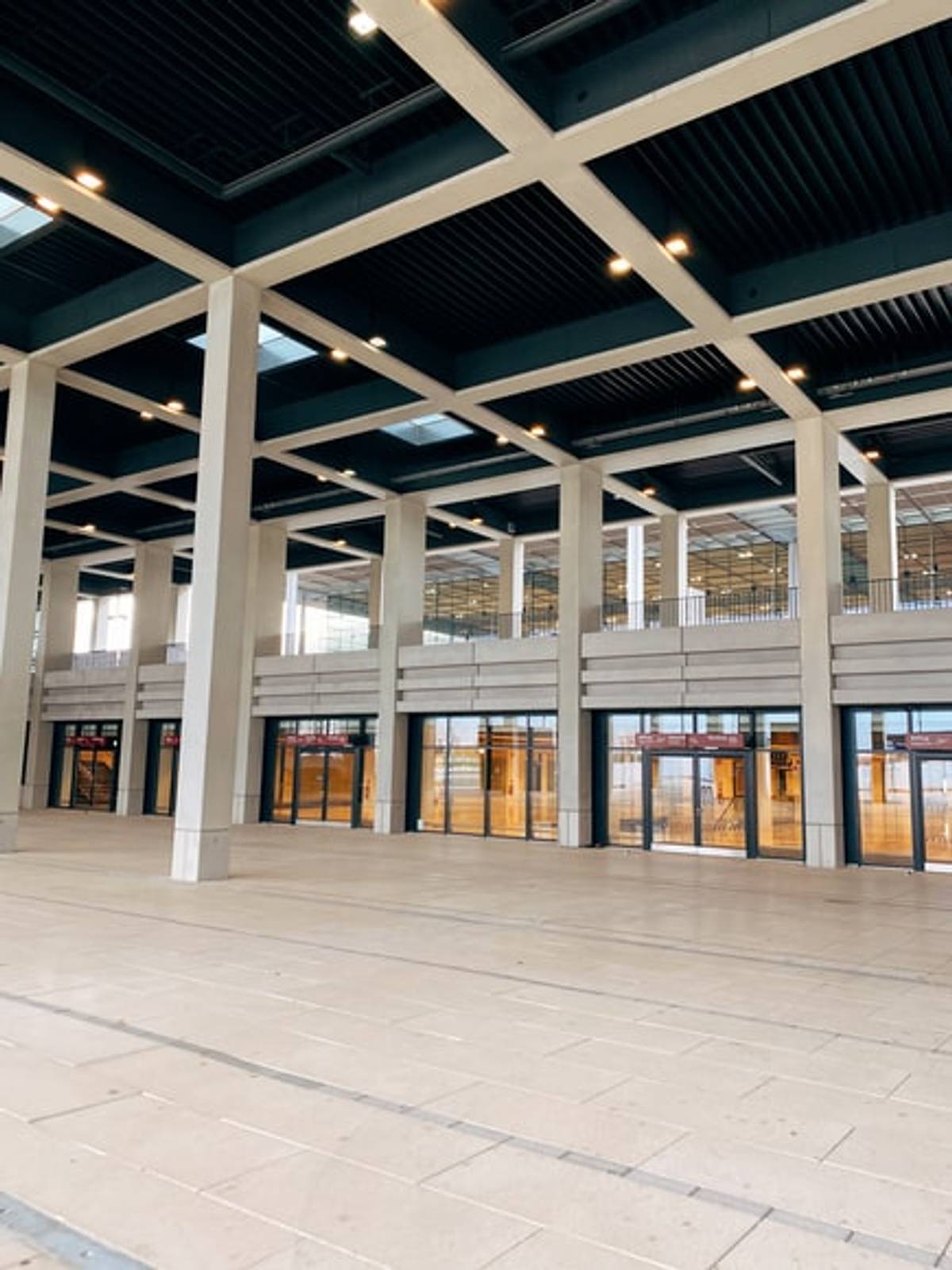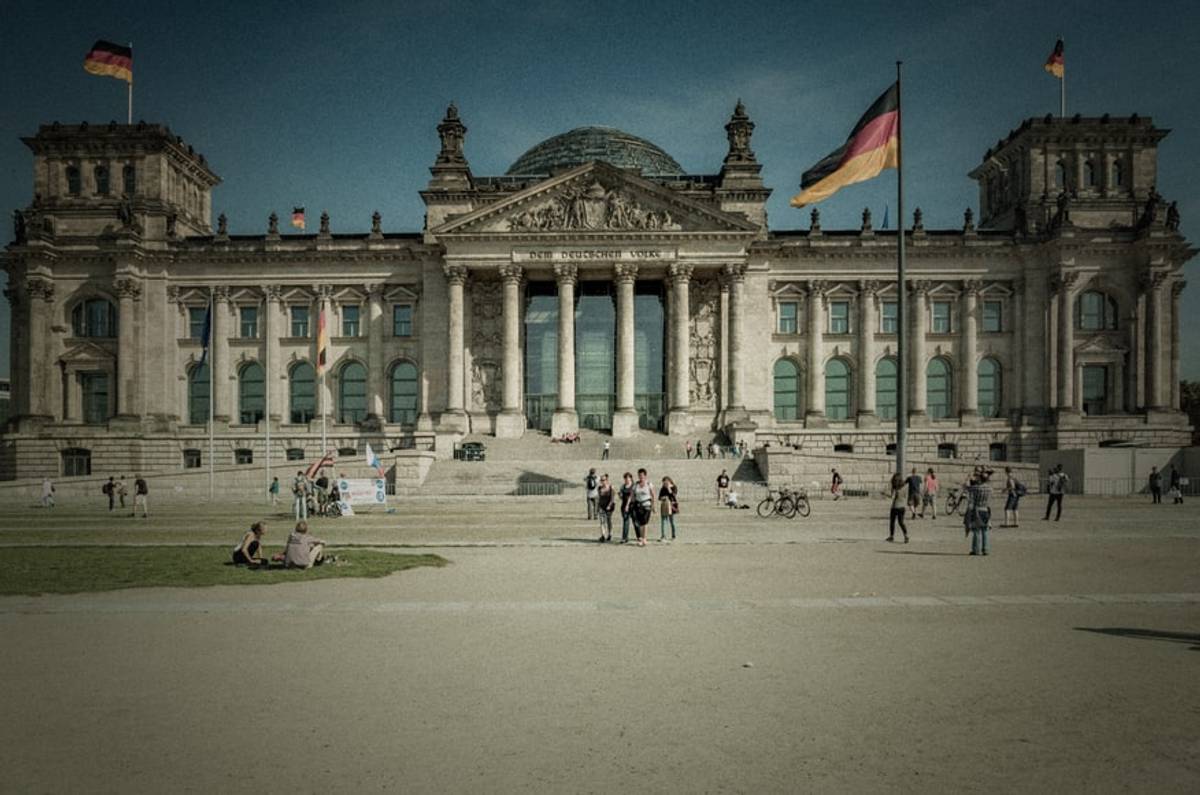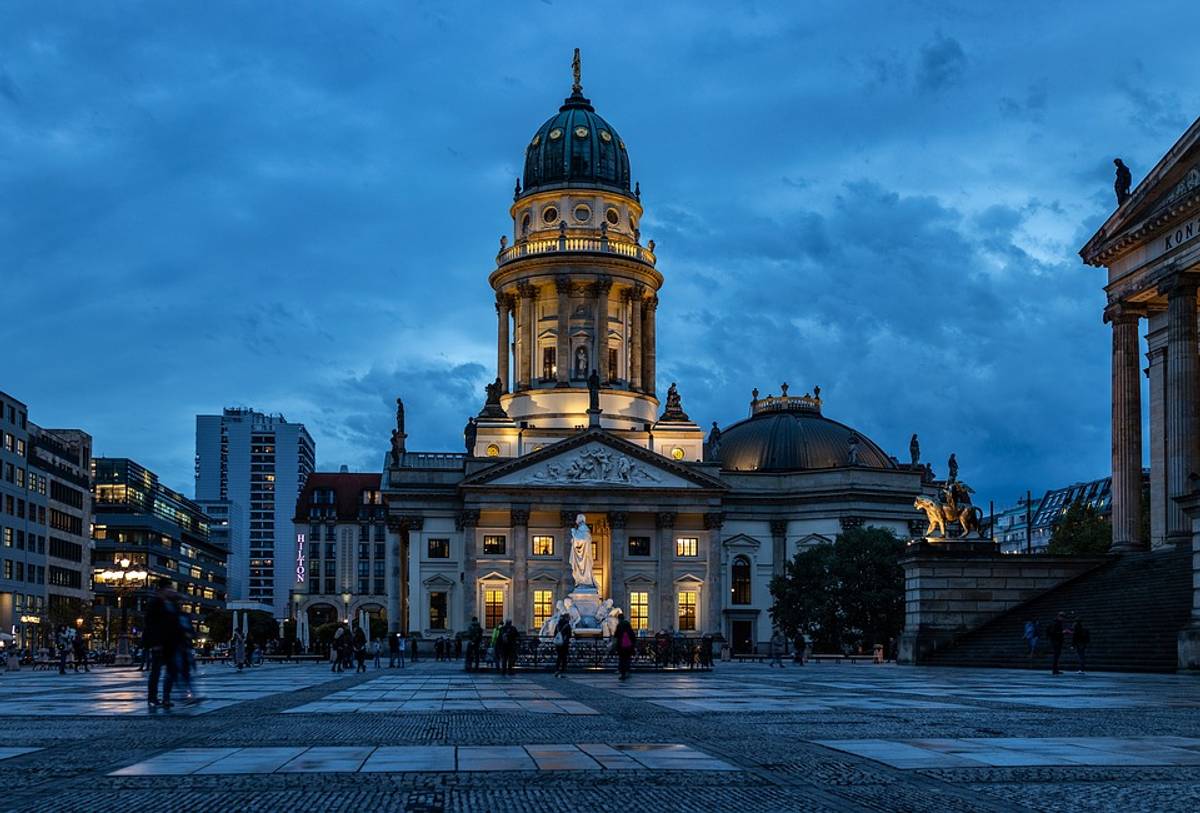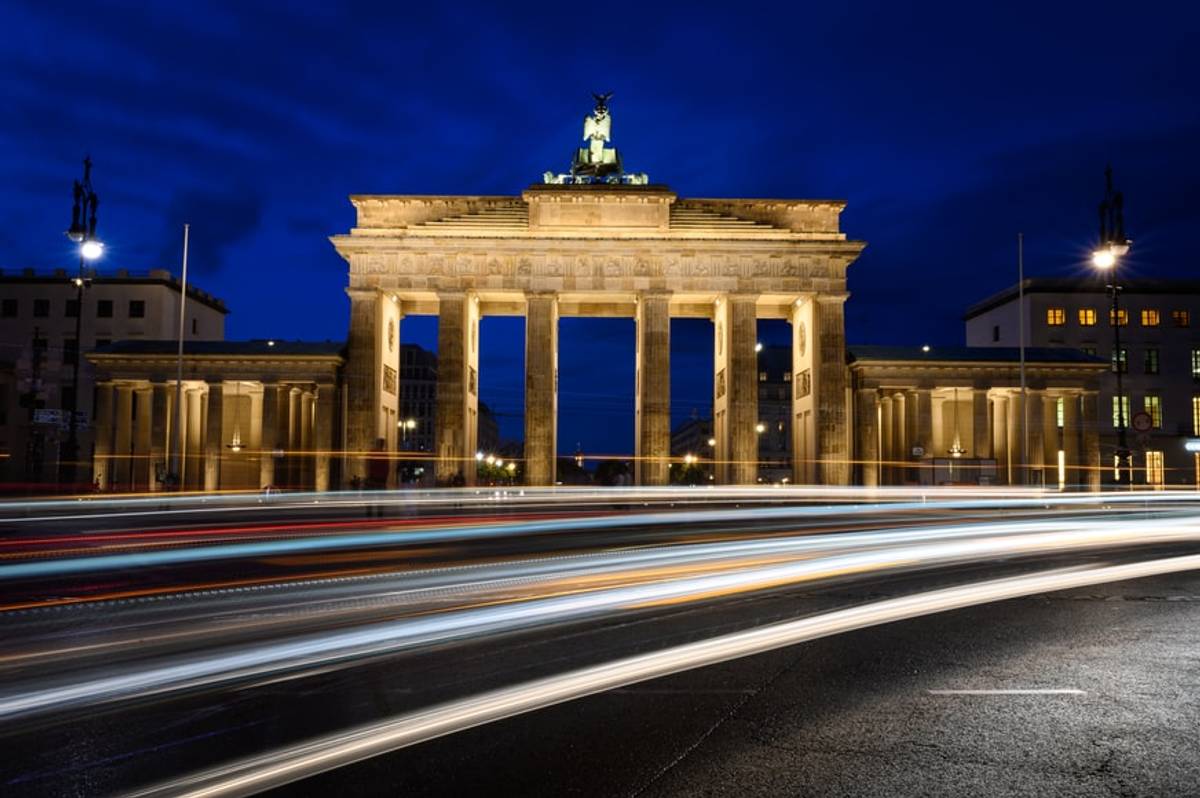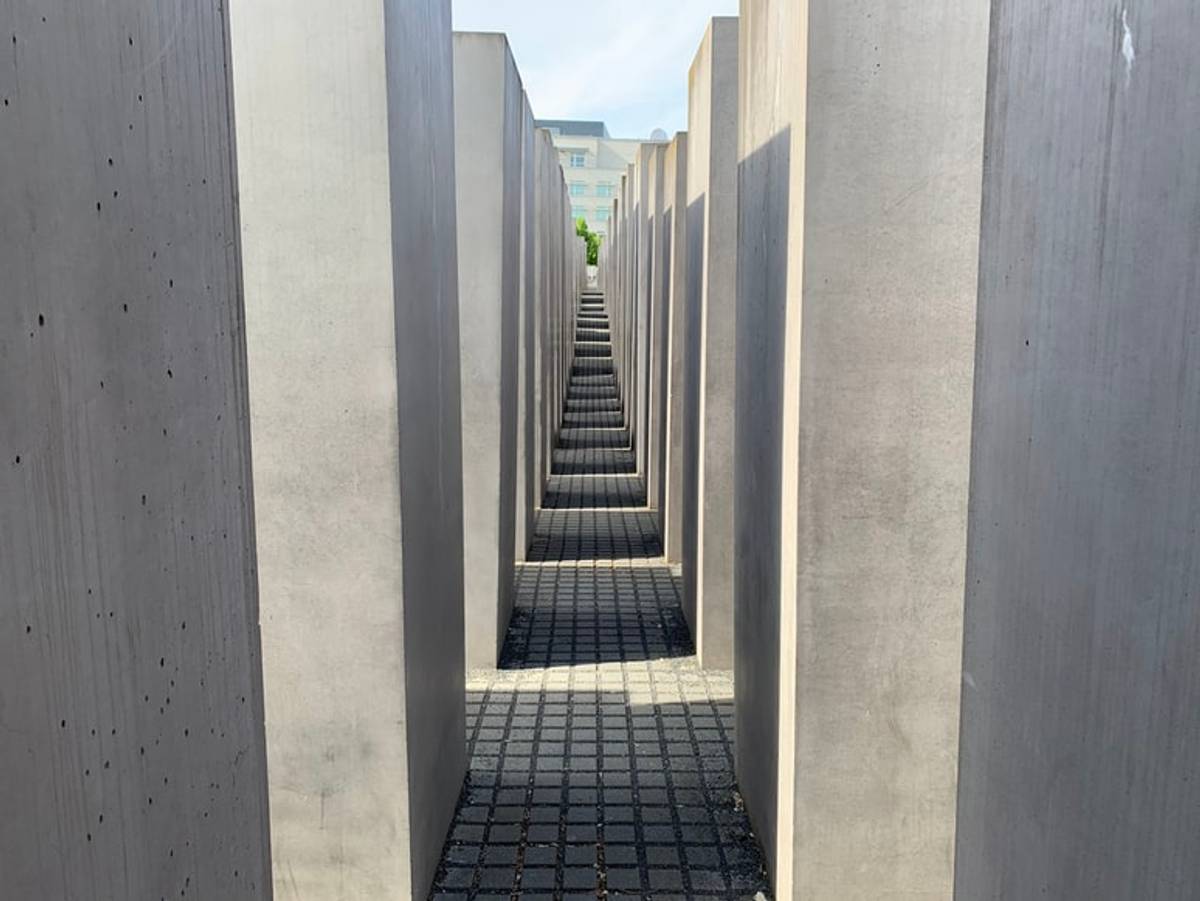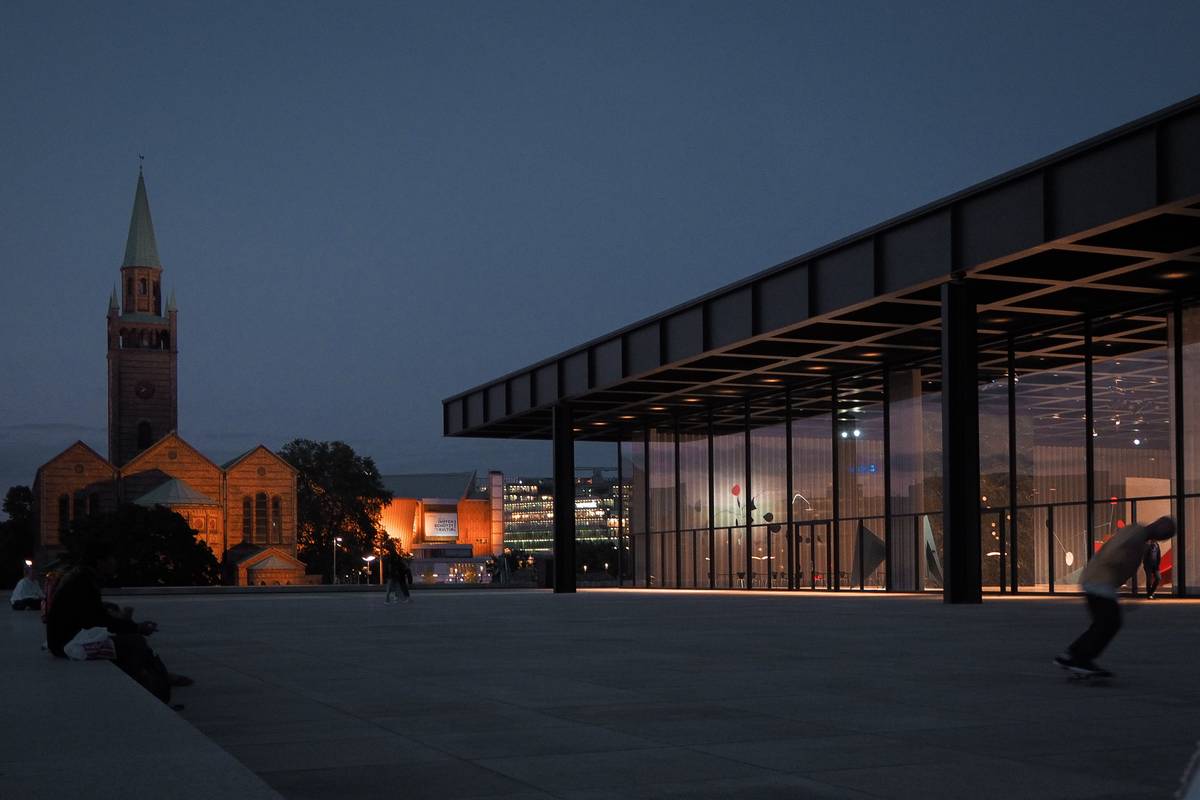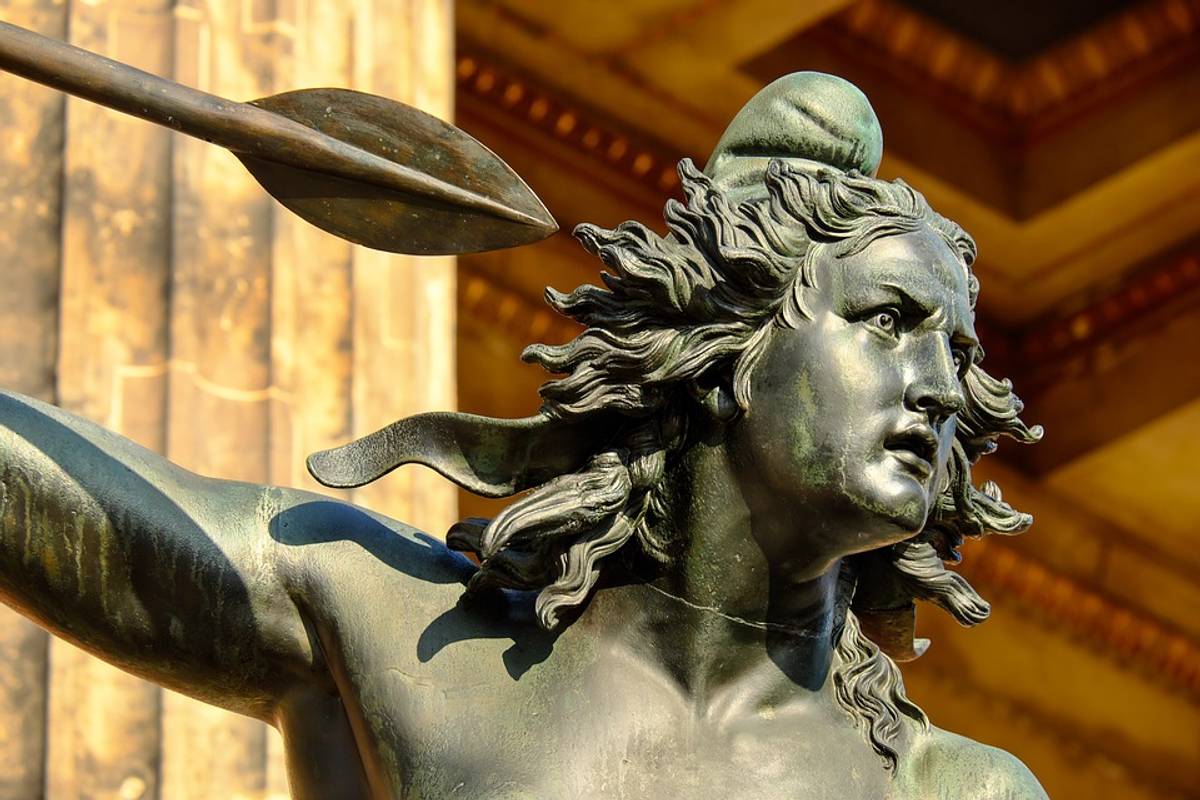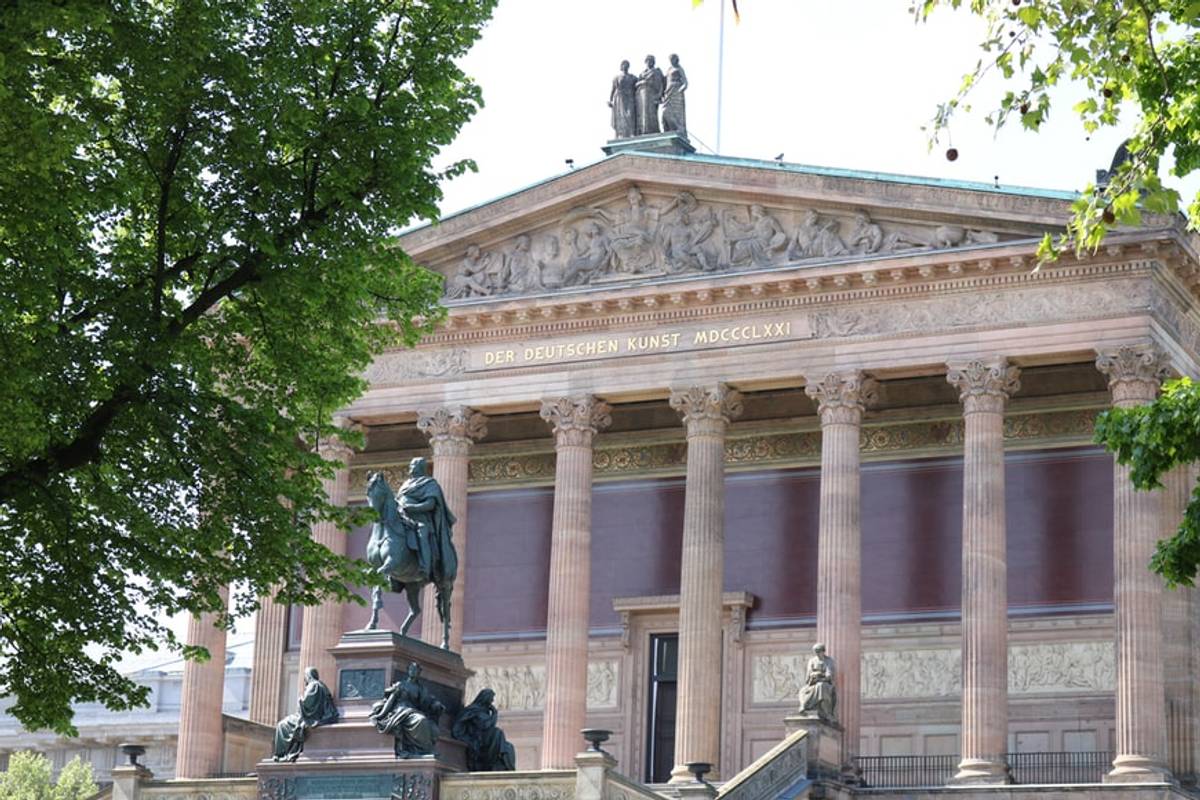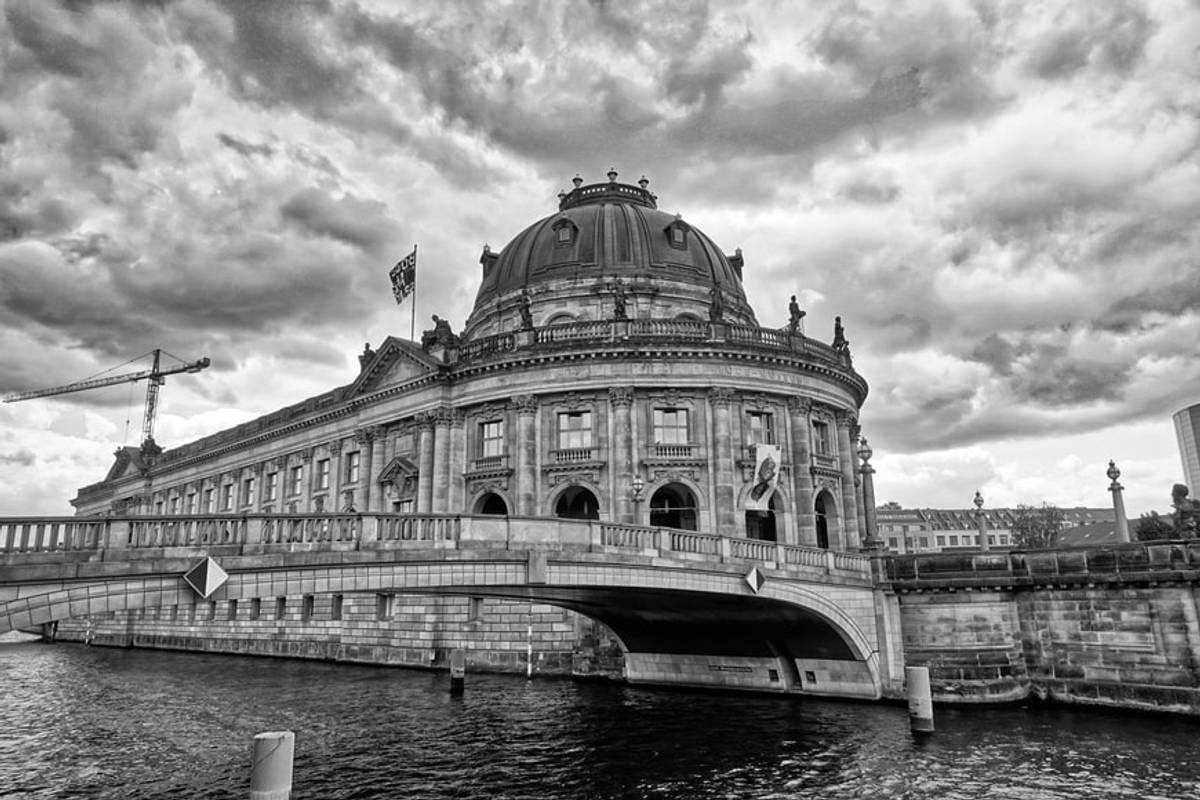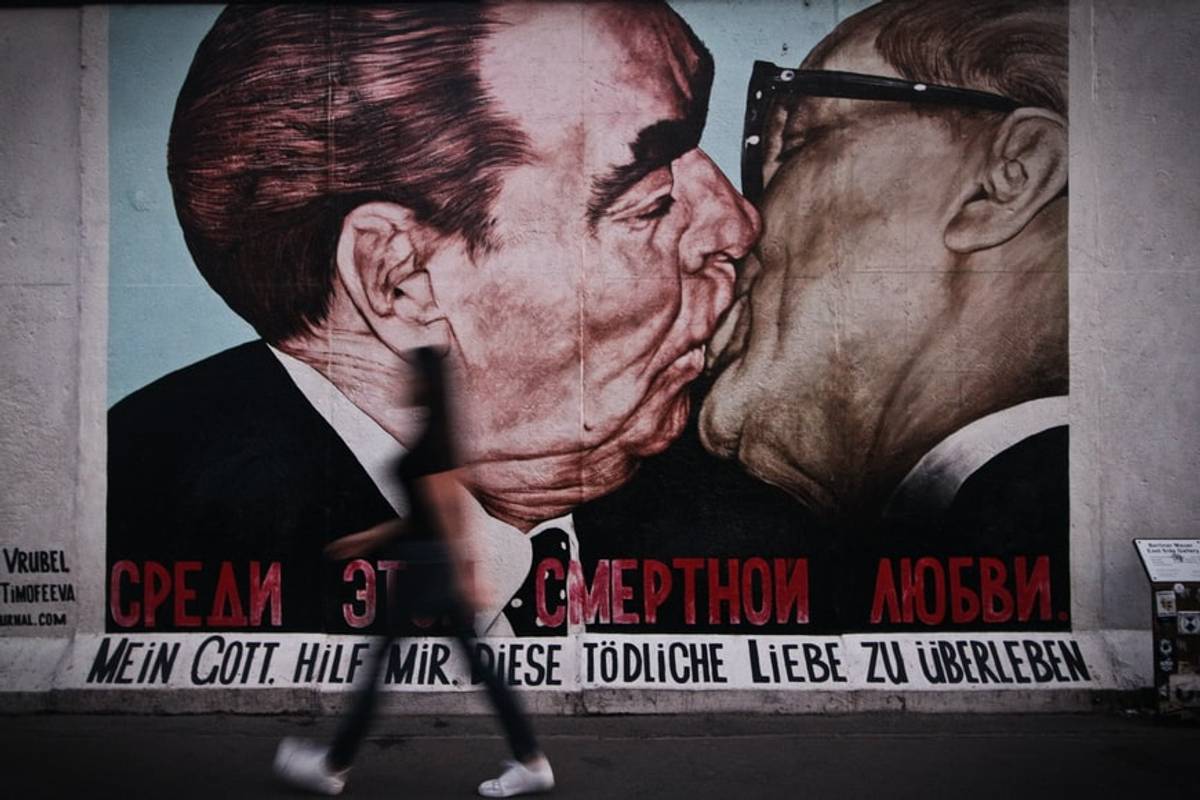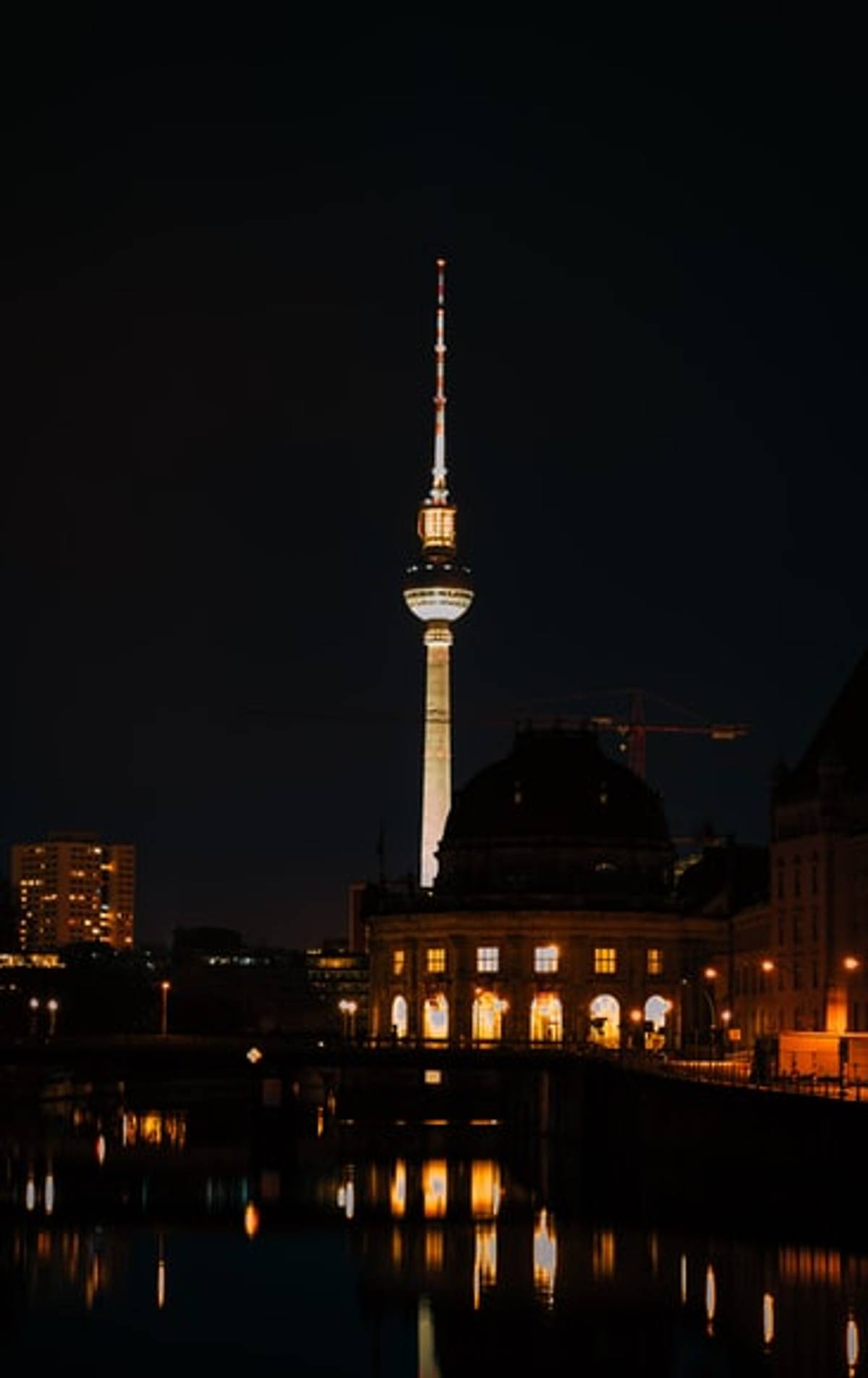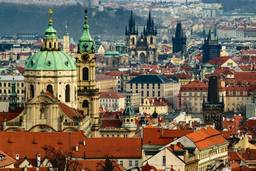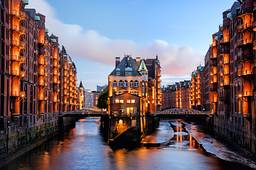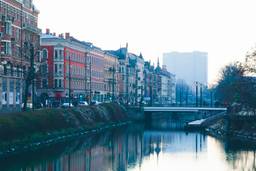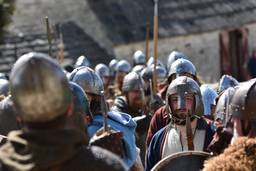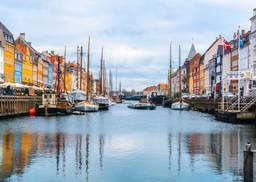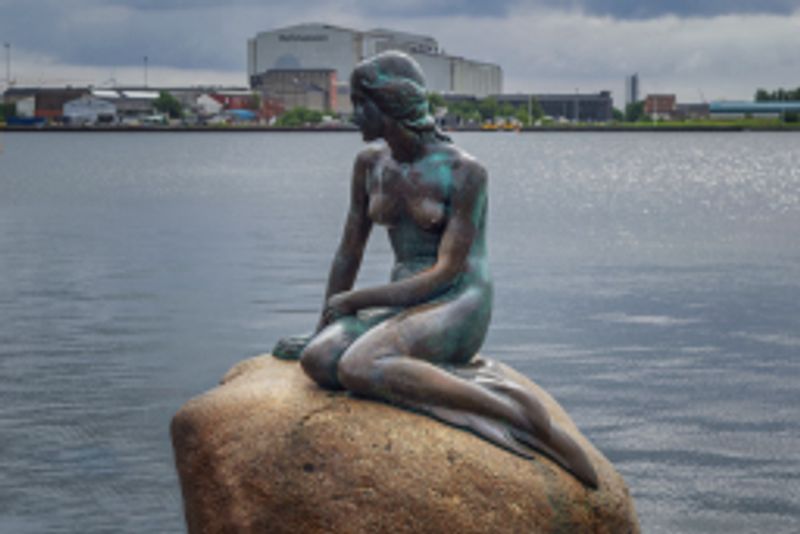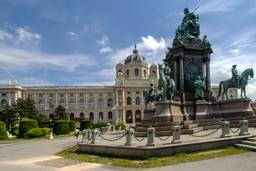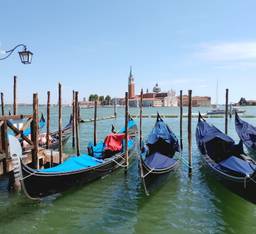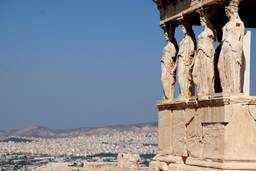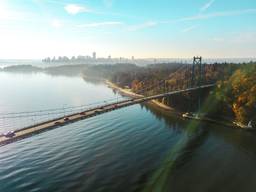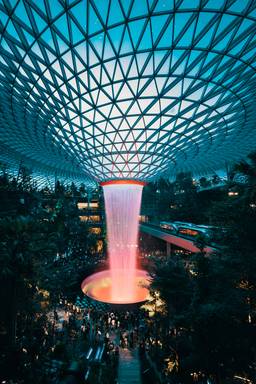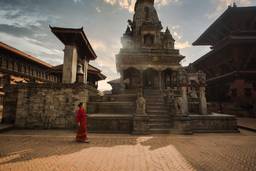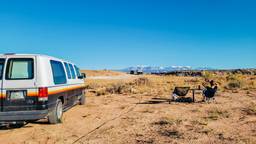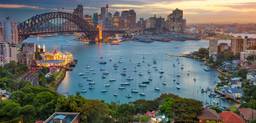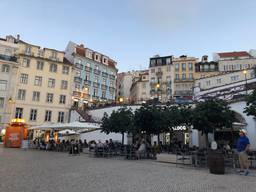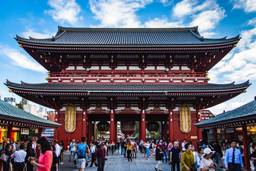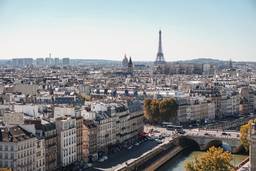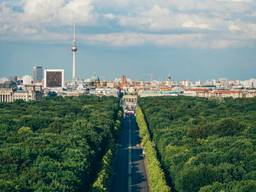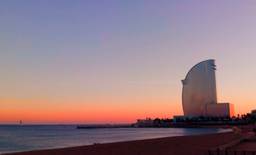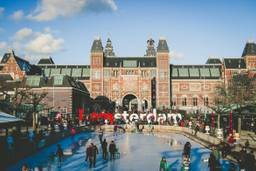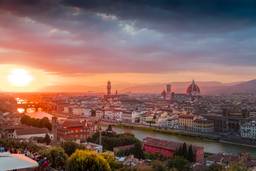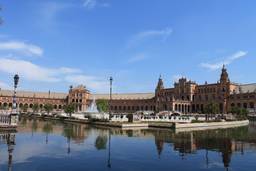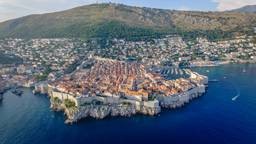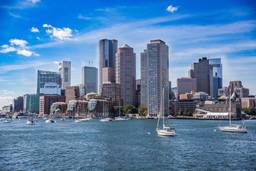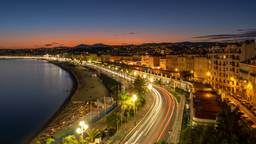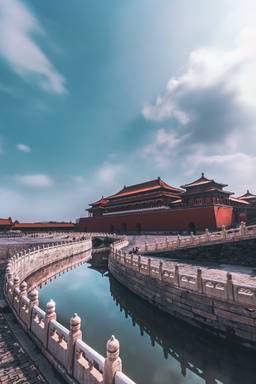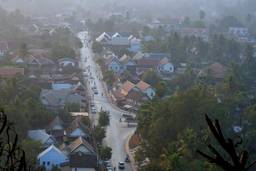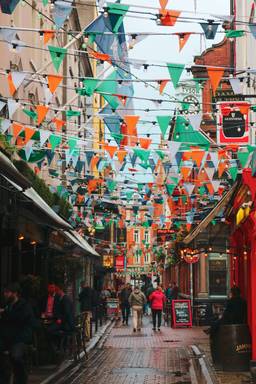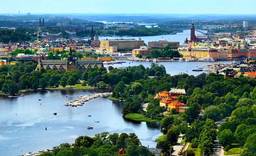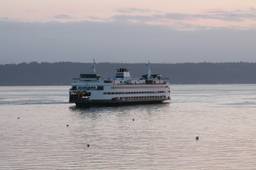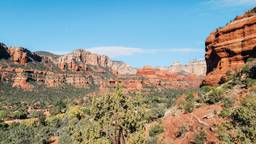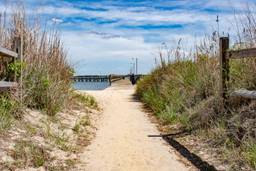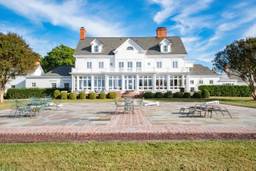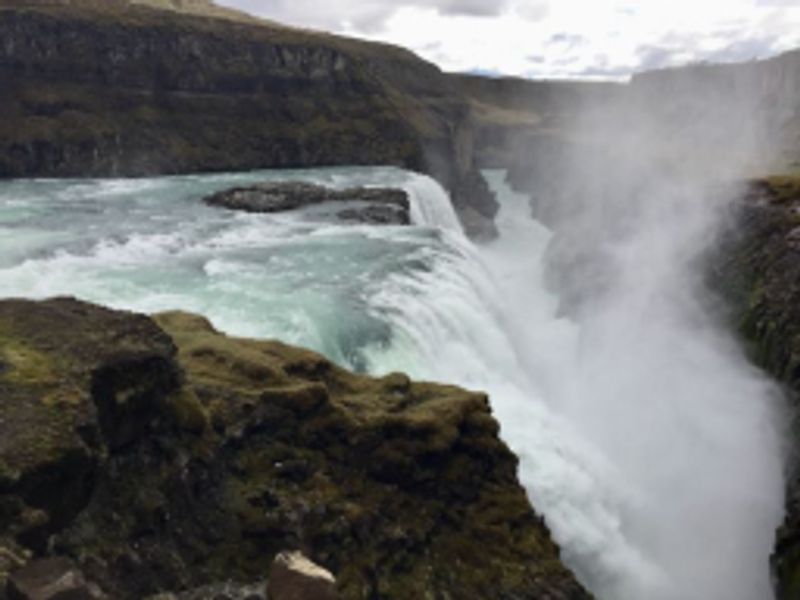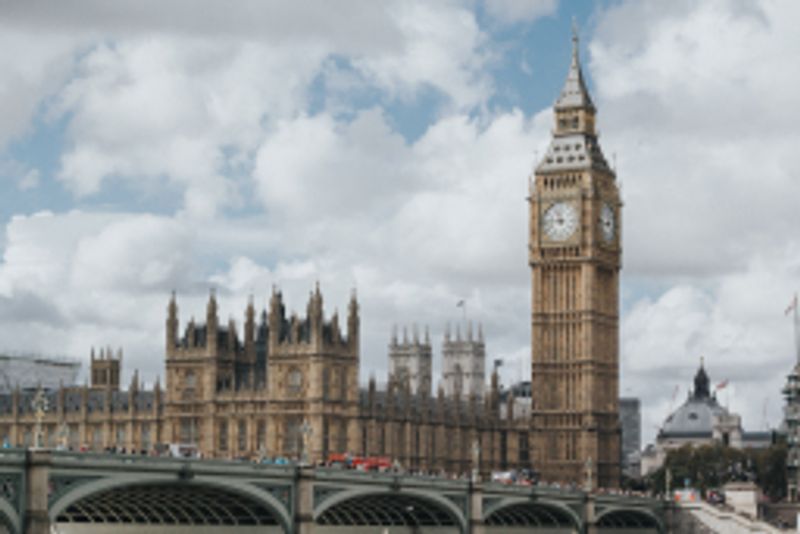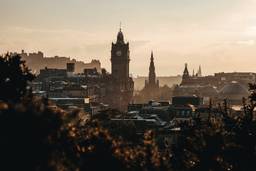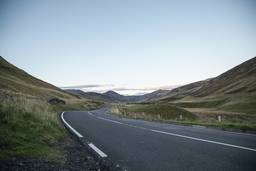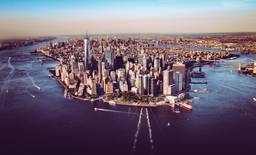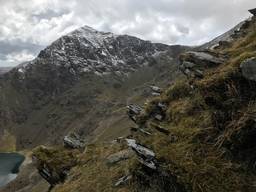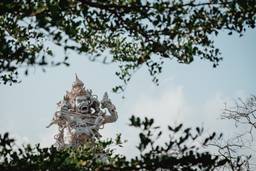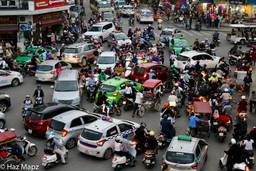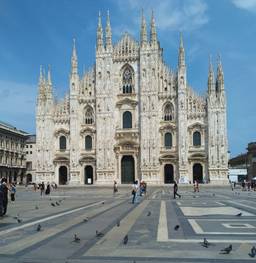How to Spend Four Days in Berlin
Travel Itinerary
0 ratings

Duration: 4 days
Itinerary Contents
Itinerary Introduction
The precious memories of my four day trip to Berlin have remained with me ever since I visited. Berlin is a fantastic introduction to the cultural and alternative scene in Europe. It makes no surprise that this city is commonly listed as the alternative capital of Europe. Surrounded by graffiti, world-class museums, imposing walls and breathtaking rivers, Berlin has much to offer. Perhaps the East Side Gallery, the most extended open-air art gallery globally since it is located on the west face of the Berlin Wall, is its most important historical heritage and city symbol. The gallery consists of 103 murals painted by artists worldwide. It attempts to document the euphoria and hope for a better world that occurred with the end of the cold war and the wall's fall. Berlin, also known as a student city, is a city of contrast. Rich and poor. Capitalist and communist. Classy and bohemian. Street dancers and graffiti painters make up its style. Berlin never sleeps and has a very vibrant nightlife for visitors, newcomers, and residents. Photo credit: Adam Vradenburg on unsplash.comUseful information about Berlin
The history of Berlin
In 1961, the Berlin Wall was built, splitting East Germany from West Germany. It stood until 1989, when it was knocked down after a mass protest in East Berlin that had drawn half a million people. The remains of the wall can still be visited today, and are covered in murals.The economy of Berlin
Germany has the fourth-largest economy in the world by nominal GDP. Berlin is Germany’s centre for international business, and the city’s economy is also founded on tourism and the creative industries.The language in Berlin
German is spoken in Berlin, but you’ll find that most people speak excellent English. It’s worth learning a few simple words and phrases before you go. To get you started, use “Hallo” for hello, “Auf wiedersehn” or “Tschuss” for good bye, “Danke schön” for thank you very much, and “Bitte” for please or you’re welcome.Best times to visit Berlin
The best time to visit Berlin is during the summer, between June and August, when the weather is warm and sunny, and you can spend your time relaxing on the banks of the River Spree, exploring the city’s parks and gardens, and chilling out in biergartens (beer gardens). As it’s also the most popular time to visit, accommodation prices can be higher. March and April can be fairly chilly in Berlin, but there are bright days and lower tourist numbers. May is a brilliant time to visit, thanks to its spring-like weather, and you can also enjoy the annual May Day celebrations on the first day of the month, which fill the city with political festivals. September is a great time to visit Berlin, as the weather is still good, and from the middle of the month, the famous Oktoberfest starts. In October, the weather cools down, but the autumnal leaves and low tourist numbers can still make this a pleasant time to visit. By November, the days have shortened and the cold weather has set in. Berlin is very cold in the winter, when the temperature can fall below freezing. It can be difficult to make the most of the city at this time of year, as you’re likely to want to minimise your time spent outside, even if you have come prepared with thermals and a warm coat. Nevertheless, the Christmas markets in December do bring a lot of festive cheer.Getting to Berlin
Berlin has two airports: Berlin-Tegel and Berlin-Schönefeld. The U-Bahn takes around 45 minutes from Berlin-Tegel to the centre of town, and from Berlin-Schönefeld you can take the S-Bahn towards the centre before switching to an U-Bahn or bus. Alternatively, travel to Berlin Central Station from other stations in Germany, as well as from Austria, The Netherlands, Poland, Switzerland, the Czech Republic and more European destinations.Getting around in Berlin
Berlin is an easy city to get around, with a reliable transport system of metros (U-Bahn), trains (S-Bahn), buses and trams. There’s also a good network of cycle lanes, so you could choose to hire a bike during your stay, and metered taxis are readily available too. Single tickets that last for two hours are available to purchase, and there are also unlimited-use tickets that last for 24 hours or seven days. Tickets can be bought on the platforms at S-Bahn and U-Bahn stations, and at ticket counters at larger stations. You must validate your ticket before use by stamping it at the yellow and red boxes that you’ll also find on the platforms. Watch out when you’re crossing the road in Berlin – jaywalking is illegal, so always wait for the pedestrian lights to change before crossing the road.Local cuisine in Berlin
Germany might not be the best-known European destination for its food, but that doesn’t mean that there’s no traditional cuisine worth trying. Look out for currywurst at stands and shops around town (pork sausage with a curry ketchup), bratwurst (a sausage that’s often pan-fried or barbecued) and schnitzel (breadcrumbed veal).Tipping in Berlin
Tipping is standard practice in Berlin, and 10% is usually the right amount.Discount card for Berlin
The Berlin WelcomeCard includes free public transport and discounts at many of Berlin’s sights. Choose from cards that last 48 hours, 72 hours, and 4, 5 or 6 days.Beaches in Berlin
There are beaches at some of the lakes in and around Berlin – the sandy stretches at Krumme Lanke and Flughafensee are popular spots in the summer. But for the sea, you’ll need to go further afield.Berlin - Travel Itinerary
Day 1
1636416000000
Day 1 - Arrival
Several options are available to transfer to the center of Berlin from the airport. As public transportation is convenient and reliable, I suggest you move around the city by the Berlin subway, which even operates at midnight.
Food is cheap and pretty affordable. Turkish restaurants are widespread and are more common than traditional German eateries. One can safely say that Berlin is a very cosmopolitan city when it comes to food options available.
1636448400000
1636498800000
09:00 - 23:00
Berlin Brandenburg Airport
BER Airport - Terminal 1-2, Willy-Brandt-Platz, 12529 Schönefeld, Germany
Also known as BBI, Berlin Brandenburg Airport is one of the most modern airports in Europe. As the Berlin Schönefeld Airport ceased operations on 25 October 2020, the Berlin Brandenburg Airport has taken its place. Its construction began in 2006 and finished one year ago amid the COVID-19 pandemic. The airport is 18 km south of Berlin, near the state of Brandenburg.
The Berlin Brandenburg Airport Willy Brandt replaced Tempelhof, Schönefeld, and Tegel airports. Named after former West German chancellor and West Berlin mayor Willy Brandt, it is now the single commercial airport that serves the state of Brandenburg and Berlin. It is expected that this will be the third busiest airport in Germany once the air travel situation stabilizes and the COVID-19-related restrictions start to ease.
Photo Credit: @reisetopia / @suitespotfr on Unplash.com
Article By: Vicente Quintero
Price covers: Entry
| Category | Price | Restrictions |
|---|---|---|
| Standard | Free |
1636452000000
1636459200000
10:00 - 12:00
Reichstag Building
Reichstagsgebäude, Platz d. Republik 1, 10557 Berlin, Germany
Located next to the Berlin Wall line, the Reichstag remained almost 29 years separated from Brandenburg Gate. Nowadays, the former Reichstag building is the seat of the German Parliament (Bundestag). It is a classical structure, crowned by a large modern dome through which one can walk.
The construction of the parliament building was completed in 1894. During its early years, it housed the German political forces until workers and soldiers occupied the building at the end of World War I, and the Weimar Republic was declared.
In 1933, the building was the victim of a suspicious fire of which the culprit was never known. A Dutch communist agitator was accused of planning the attack, and the Nazis benefited from the scandal. Taking advantage of the situation, Hitler abolished most of the fundamental rights of the 1919 Constitution of the Weimar Republic.
After World War II, the parliament building was destroyed, and there was an intense debate about its demolition or reconstruction. Ultimately, in 1956 the Germans decided to rebuild it without remaking its original dome.
After going up in the lift, visitors will receive an audio guide that includes the historical facts of the building. Visitors will then have the opportunity to appreciate the most spectacular element of the building, the glass dome, located directly over the Plenary Hall of Parliament.
The dome, redesigned by the architect Norman Foster to reconstruct the building, aims to be a symbolic feature. It symbolizes that this place is the center of parliamentary democracy and, the people, from the top, can see that all relevant matters are handled clearly and accordingly.
Inside the dome, visitors can see a multitude of old photographs through which the history of Parliament is described through its most crucial times.
It is necessary to make a reservation in advance. Same-day tickets are available but do not guarantee any free available places at the time of your visit.
Various free 90-minute tours are available when the German Parliament is not sitting.
Visitors can skip the line if they book a tour with a private company. There are many tours available that include the attraction. The price of these tours ranges from €15 for a 2-hour tour to €50.
Photo credit: Tobias on Unplash.com
Article By: Vicente Quintero
Price covers: Entry
| Category | Price | Restrictions |
|---|---|---|
| Standard | Free |
Travel time
1 hour 0 minutes1636470000000
1636470000000
15:00
The Berlin Cathedral
Am Lustgarten, 10178 Berlin, Germany
After lunch, take your time to visit the Berlin Cathedral and enjoy one of the city's best views. The cathedral is located on the Museum island near the Reichstag building and stands around the River Spree.
Historians consider this place Kaiser Wilhelm II's Berlin reply of the leading and most representative church of Protestantism to St. Peter's Basilica in Rome. Crowned by a greenish copper dome, the Berliner Dom is the most representative religious building in Berlin. The Berlin Cathedral building was built between 1894 and 1905 on a former small Baroque cathedral from 1747, right before the Imperial Palace. The proximity to the palace made the cathedral the main court church of the Hohenzollern dynasty and where family members were buried. The basements of the Berlin Cathedral house a unique and very special treasure, the Hohenzollern Crypt, which holds the sarcophagi of members of the Hohenzollern dynasty. In the crypt, one can see more than 90 tombs of members of the imperial family who died from the late 16th to the early 20th century.
With its magnificent decoration in the neo-Renaissance and neo-Baroque styles, more than 500 years of Brandenburg and Prussian burial culture are documented through the sumptuous sarcophagi and coffins.
Once inside the cathedral, visitors will enjoy the altar enclosure, made of white marble and yellow onyx, and the striking, imposing pneumatic transmission organ.
The access used by the imperial couple when they went to the cathedral is also attractive and engaging since it had its own staircase with all kinds of luxuries, through which they reached the Imperial Box.
The tourist journey to the dome is challenging because the path visitors have to go through resembles an abandoned attic. However, after climbing the 270 steps that lead to the top of the dome of the Berliner Dom, one can enjoy beautiful views of Downtown Berlin, which definitely makes the climb really worth it.
Photo Credit: corinnalichtenberg1 on Pixabay.com
Article By: Vicente Quintero
Price covers: Entry
| Category | Price | Restrictions |
|---|---|---|
| Standard | 8.00 EUR | |
| Students | 5.00 EUR |
Getting there
Bus, subway
Travel time
0 hours 15 minutes1636491600000
1636491600000
21:00
The Brandenburg Tor
Pariser Platz, 10117 Berlin, Germany
Located in Central Berlin, this is one of the city's must-see destinations and the top-free of all. I would suggest visiting the place more than once since the Brandenburg Gate at night is a beautiful treat, especially for nighttime photos.
The Brandenburg Gate (Brandenburger Tor) is one of the early gateways to Berlin and one of the city's most important symbols. Inaugurated in 1791 next to Pariser Platz, the Brandenburg Gate symbolizes the triumph of peace over arms. In the year 1795, the monument was crowned with a copper chariot resembling the Goddess of Victory.
It is a 26-meter-high neoclassical structure that is reminiscent of the buildings on the Acropolis of Athens. The square on the eastern side has been known as Pariser Platz since Napoleon's defeat. Today, the statue is a copy made in West Berlin in 1969, as the original was destroyed during World War II.
Although the Brandenburg Gate has five entrances, from its construction until 1918, only members of the royal family and a few lucky ones could initially use the central passage.
If you happen to be into history, I suggest booking a tour to get in touch with the interesting facts of the place and better understand its significance in Central European history. If you didn't know, it was on the west side of the Brandenburg Gate in 1987 that the former United States President Ronald Reagan gave his speech imploring former Soviet President Mikhail Gorbachev to "Open This Gate (...) Tear Down This Wall."
Photo credit: No attribution required. Pixabay.
Article By: Vicente Quintero
Price covers: Entry
| Category | Price | Restrictions |
|---|---|---|
| Standard | Free |
Getting there
Metro, bus, taxi
Travel time
0 hours 10 minutesDay 2
1636502400000
Day 2 - Museum island
Museum Island is one of Berlin's most important UNESCO heritage sites since it hosts many world-class museums. Here you will find the Old Museum, the Old National Art Gallery, the New Museum, and the Pergamon. The newest attraction is the Humbold Forum that opened its doors in 2019.
Because of its proximity, it is advisable to visit the Holocaust Museum on the same day.
Visitors should take into account that some restrictions may apply because of the COVID-19 pandemic. As of today, the Pergamon is temporarily closed.
1636538400000
1636542000000
10:00 - 11:00
Holocaust Memorial Museum
Cora-Berliner-Straße 1, 10117 Berlin, Germany
In the heart of Berlin, near the Brandenburg Gate, the Holocaust Memorial Museum stands as Germany's most important commemorative work to date. It is a stone-forest testimony that recalls the tragedy and suffering of the Jewish people during World War 2.
Also known as the History Museum of the Monument to the Murdered Jews in Europe, this is the memorial to the Holocaust victims. I would suggest visiting it more than once if you are traveling with a group of friends since it allows you to share your own inner experience and thoughts.
The origin of this Holocaust Memorial dates back to an initiative in the late 1980s promoted by journalist Lea Rosh and historian Eberhard Jäckel. In 1999, the German Parliament approved the bill for its construction, following the project of Peter Eisenman and the engineer Buro Happold.
Its developers wanted it to defy and confront the notion of the monument itself. The masterpiece seeks to represent a theoretically ordered system that has lost contact with human reason. The device also expresses a radical approach to the traditional concept of a funerary monument, devoid of symbolism.
As a stelae field, it intends to leave no one indifferent by disrupting one's thoughts and feelings. Therefore, everyone has their own personal and subjective experience inside.
However, the monument still manages to transmit some concepts in an objective way for everyone. The memorial is shaped like a wave from different heights, placements, and shapes. Its unevenness can produce a certain feeling of dizziness and overwhelmingness since it does not have a central nucleus.
For some, the blocks represent tombstones, and their gray color is the ashes of the bodies of the murdered Jews. Its inclination apparently generates instability and the narrow paths that open a feeling of stress, isolation, and suffocation between them. The architect himself, Eisenman, stated that the museum was not designed with a single pattern.
A memorial that aims to keep the memory alive and also prevent it from happening again. If you are spending a few days in Berlin, this is a must-see destination. Amid the COVID-19 pandemic, there are few restrictions for visitors planning to visit the place.
Admission is free.
Photo credit: Jared Lisack on Unsplash.com
Article By: Vicente Quintero
Price covers: Entry
| Category | Price | Restrictions |
|---|---|---|
| Standard | Free |
Travel time
0 hours 10 minutes1636545600000
1636545600000
12:00
New Museum
Bodestraße 1-3, 10178 Berlin, Germany
For some, this is probably the top destination on the Museum Island since it houses the Nefertiti Bust, a painted stucco-coated limestone bust of the Great Royal Wife of Egyptian pharaoh Akhenaten. The museum was destroyed in World War II and was finally rebuilt in 2009. The place is divided into four levels and houses extensive and uppermost collections from the Egyptian Museum, the Papyrus Collection, and the Collection of Classical Antiquities.
The museum was designed by the classicist architect Friedrich August Stuler in the 19th century and was formerly an extension of the Old Museum. In 2003 its reconstruction began under the British architect David Chipperfield who respected the original structure.
The most relevant highlights of its collection are the stucco-coated lime bust of Egyptian Queen Nefertiti, the Green Head of Berlin from the late Egyptian period, precious silver vessels from the Treasury of Priam (Heinrich Schliemann), The Bronze Age Berlin Golden Hat or Tiara, and an ax head dated to the Stone Age of 700,000 years.
Photo credit: Lawrence Chismorie on unsplash.com
Article By: Vicente Quintero
Price covers: Entry
| Category | Price | Restrictions |
|---|---|---|
| Standard | 12.00 EUR |
Travel time
0 hours 10 minutes1636556400000
1636556400000
15:00
Old Museum
Schloßpl., 10178 Berlin, Germany
I really liked the Old Museum and stayed there for more than 2 hours since I found many of its pieces to be very captivating, even if it isn't the most popular attraction on the Museum Island. The Old Museum was built between the years 1823 and 1830 following the plans of Karl Friedrich Schinkel. It is one of the most significant classical buildings, not only in Germany but also globally. Schinkel carried out Humboldt's master idea of opening a museum as a teaching center for the public with a clearly structured exterior form and a precise interior structure based on Greek antiquity.
The architectural details that have been conserved until these days are the monumental order of the 18 grooved ionic columns, the wide portico, the rotunda, and the staircase. The building burned down between 1943 and 1945 and was severely damaged because of the war. Its reconstruction lasted until 1966. Many of the Old Museum pieces were transferred to the New Museum in 2009. In consequence, some critics consider that the museum lost some relevance.
Most of the Berlin Old Museum artworks were produced in Ancient Greece, exhibiting stone sculptures, bronze and clay figures, vases or gold, and silver jewelry. Roman art also has its site in the Old Museum, with portraits of Julius Caesar and tombs and paintings. Even though it was initially designed to display Berlin art collections, the Old Museum houses since 1904 the collection of antiquities with a permanent exhibition of Greek, Etruscan, and Roman art and culture.
Photo credit: Couleur on pixabay.com
Article By: Vicente Quintero
Price covers: Entry
| Category | Price | Restrictions |
|---|---|---|
| Standard | 10.00 EUR |
Travel time
0 hours 5 minutesDay 3
1636588800000
Museum Island - Part 2
Over the next day, I would encourage you to visit the Museum Island again like I did since it is very tough to really enjoy those world-class museums in only one day.
It is also up to you to choose the museums that align the most with your interests and taste. That will work for you if you only have some hours left in the city.
1636621200000
1636628400000
09:00 - 11:00
The Old National Gallery
Bodestraße 1-3, 10178 Berlin, Germany
The classical building is stunning. Most of the paintings in this museum are from the XIX century; Caspar David Friedrich and Karl Lessing's compositions are some of the best. The room dedicated to French impressionism is pretty impressive.
The museum opened in 1876 and displays Neoclassical paintings and sculptures from the XIX century and Impressionist and early Modernist pieces. It houses one of the richest collections in European art history from the French Revolution until World War I.
The most important artworks that visitors can enjoy in this museum are the paintings of Adolph Menzel, the double statue of the Infantas Louise and Frederick of Prussia (1795-1797), the bronze equestrian statue of Frederick William IV (1875-1886 ) - Alexander Calandrelli, the painting “Der Mönch am Meer” David Friedrich, and the oil on canvas “En été” by Pierre-Auguste Renoir (1868).
Photo credit: Gregor Samimi on unsplash.com
Article By: Vicente Quintero
Price covers: Entry
| Category | Price | Restrictions |
|---|---|---|
| Standard | 10.00 EUR |
Travel time
0 hours 5 minutes1636635600000
1636635600000
13:00
Bode Museum
Am Kupfergraben, 10117 Berlin, Germany
In order of importance, this museum usually ranks behind the New Museum and the Pergamon. But since Pergamon is temporarily closed, this museum is a good option to enjoy one of the most important collections in the world in terms of sculpture, numismatics and Byzantine culture. The exterior architecture of this museum is pretty impressive.
Photo credit: Junpeng Ouyang on unsplash.com
Article By: Vicente Quintero
Price covers: Entry
| Category | Price | Restrictions |
|---|---|---|
| Standard | 12.00 EUR |
Travel time
0 hours 5 minutesDay 4
1636675200000
Alternative Berlin
For the last day, I suggest you spend the day enjoying the Berlin graffitis, pubs, and bars. The Berlin nightlife is one of the best in Europe.
Most of the graffiti you will find throughout the city has a story to tell. If one of them seems to catch your attention, do not hesitate to look it up on Google. If you had no luck with your search, you could try asking the friendly local community instead. Berlin is a box full of surprises.
1636707600000
1636714800000
09:00 - 11:00
East Side Gallery
Mühlenstraße 3, 10243 Berlin, Germany
This was my favorite place in Berlin and my primary reason to stay near the Kreuzberg area before departing. The East Side Gallery, considered the largest open-air art gallery globally, is truly one of a kind. The street musicians living in its surroundings make the place even more charming, unique, and extraordinary. These memories make me smile.
Throughout the gallery (just over 1 kilometer from the old Berlin Wall), you can see hundreds of graffiti by artists from all over the world who made their best effort to document the cultural changes that occurred after the fall of the Berlin Wall through their artworks. These paintings express a great sense of both hope and anxiety for the future. Art as a means of protest and unrest.
Photo credit: Jeison Higuita on unsplash.com
Article By: Vicente Quintero
Price covers: Entry
| Category | Price | Restrictions |
|---|---|---|
| Standard | Free |
Travel time
0 hours 20 minutes1636743600000
1636743600000
19:00
Berlin's Television Tower
Panoramastraße 1A, 10178 Berlin, Germany
Despite its 50th anniversary in 2020, this is still one of the tallest buildings in Europe, which makes it an ideal place to end your Berlin trip. In its beginnings, it sought to symbolize the moral superiority of communism over capitalism. The views of the city from this tower are unsurpassed due to its height of 368 meters.
The good news is that the Berlin TV Tower has officially reopened on 18 June 2021. Because of the COVID-19 pandemic, it was closed throughtout the year 2020. Do not miss this place during your trip.
Photo credit: Liam Scotchmer on unsplash.com
Article By: Vicente Quintero
Price covers: Entry
| Category | Price | Restrictions |
|---|---|---|
| Standard | 20.50 EUR |
Travel time
0 hours 20 minutesAbout the author
Social Researcher. Author. I've been born and raised in Venezuela. I speak Spanish, English, Russian, and German. I joined MapADay to share my travel stories with people all around the world.
Reviews
Login to write a review
Related itineraries
Matt Lynch
3 years ago
Madeleine Nicholson
3 years ago
Dan Hill
3 years ago
Dan Hill
5 years ago
Dan Hill
3 years ago
Josie
3 years ago
Recommended itineraries
Freya Godfrey
3 years ago
Design Your Italy
3 years ago
Freya Godfrey
3 years ago
Matt Lynch
3 years ago
Sook
3 years ago
Sunny Shrestha
3 years ago
Kat Smith
3 years ago
Freya Godfrey
3 years ago
Sofia Abrantes
3 years ago
Lily Crossley-Baxter
3 years ago
Zoran Trifunovic
3 years ago
Vicente Quintero
3 years ago
Laura R. Godoy
3 years ago
Raghav
3 years ago
Arianna
3 years ago
Laura R. Godoy
3 years ago
Freya Godfrey
3 years ago
Alex Dryjowicz
3 years ago
Rose Winter
3 years ago
Gloria Lambrini
3 years ago
Pavel Revenkov
3 years ago
Katie Baldwin
3 years ago
Madeleine Nicholson
3 years ago
Freya Godfrey
3 years ago
Mandy Haakenson
3 years ago
Kat Smith
3 years ago
Visit Gloucester, Virginia
2 years ago
Visit Gloucester, Virginia
2 years ago
Dan Hill
3 years ago
Dan Hill
3 years ago
Dan Hill
3 years ago
Scott McGlynn
3 years ago
Scott McGlynn
4 years ago
Lily Crossley-Baxter
3 years ago
Dan Hill
3 years ago
Matt Lynch
3 years ago
Matt Lynch
3 years ago
Pavneet Lobana
3 years ago
Haz Mapz
3 years ago
Design Your Italy
3 years ago

